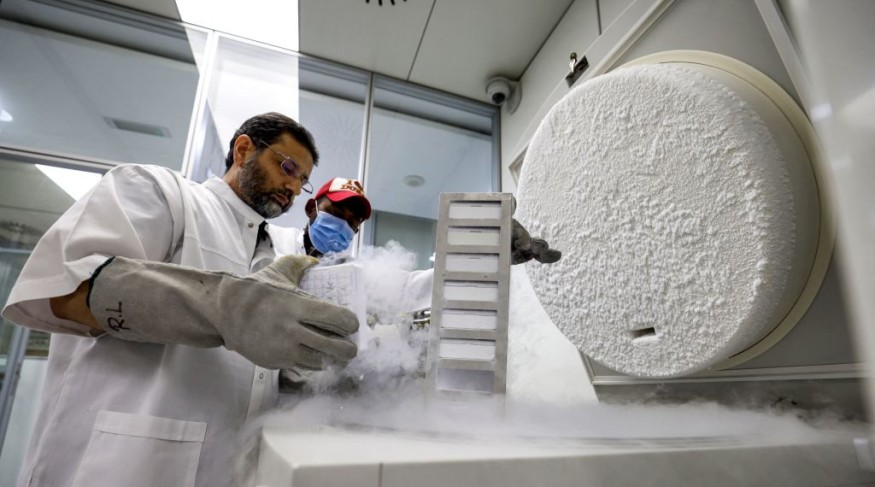For nearly 50 years, the San Diego Zoo Wildlife Alliance (SDZWA ) has worked to collect and preserve genetic samples from various species in what they call the "Frozen Zoo." Their efforts in genetic preservation have garnered international recognition as the first-ever gene banking center, dedicated to the survival of rare and endangered species.

SDZWA Recognized For Its Work in Biodiversity Biobanking
The efforts of the San Diego Zoo Wildlife Alliance in global plant and animal conservation have garnered significant recognition. The International Union for Conservation of Nature, the world's largest conservation organization, has officially partnered with the SDZWA to establish a pioneering Center for Species Survival with a primary focus on biodiversity banking.
The selection of the SDZWA for this prestigious collaboration is attributed to its extensive work in the field of biodiveristy banking. At the heart of their conservation efforts lies the celebrated Wildlife Biodiversity Bank, housing six collections, including the Frozen Zoo, where the skin and reproductive cells of over 10,900 individuals representing 1,250 species and sub-species are meticulously preserved.
Dr. Barbara Durrant, the Henshaw Endowed Director of Reproductive Sciences at SDZWA, explained in a news release the exceptional diversity of animal species within the Frozen Zoo. This collection holds remarkable promise, with applications ranging from DNA analysis to the revival of species on the brink of extinction.
Dr. Durrant underscores the profound interconnectedness between the preservation of these species and the well-being of humanity, as our existence is intricately tied to the rich tapestry of plant and animal life on our planet.
The establishment of the Center for Species Survival signifies a momentous honor and opportunity for the SDZWA, providing a platform for the expansion of biobanking efforts across the globe and fostering collaborative relationships with international organizations to safeguard endangered species and secure genetic materials for future conservation endeavors.
READ ALSO : Global Research Collaboration Successfully Created World's First Northern White Rhino Primordial Germ Cells
Why Biodiversity Banking Is Important
Biodiversity banking, often referred to as biobanking, involves preserving living cells, tissues, eggs, sperm, seeds, and other biomaterials, which are cryogenically frozen for long-term study and utilization.
The SDZWA's Frozen Zoo is a notable example of such a bank, having collected nearly 11,000 living cell cultures from approximately 1,280 different rare and endangered animal species. By safeguarding unrecoverable genetic diversity in these species, biodiversity banking not only enhances their chances of surviving environmental challenges but also expands genetic research and rescue capabilities.
The significance of preserving these cells extends beyond the present generation, as they are expected to endure for centuries. The Frozen Zoo has already yielded remarkable results, including the successful cloning of endangered species such as the Przewalski's horse and the black-footed ferret.
These achievements demonstrate the viability of technology for recreating animals from preserved genetic material, offering hope for reviving dwindling populations.
One of the most pressing conservation efforts is focused on the northern white rhinoceros, with scientists currently working on DNA analysis and genome sequencing using cryopreserved cultures from the Frozen Zoo. The last male of this subspecies died in 2018, leaving only two females in a Kenyan conservancy. The hope is that these preserved genetic materials could potentially lead to the revival of the species in the future.
RELATED ARTICLE:
Check out more news and information on Animal Cloning in Science Times.
© 2025 ScienceTimes.com All rights reserved. Do not reproduce without permission. The window to the world of Science Times.











